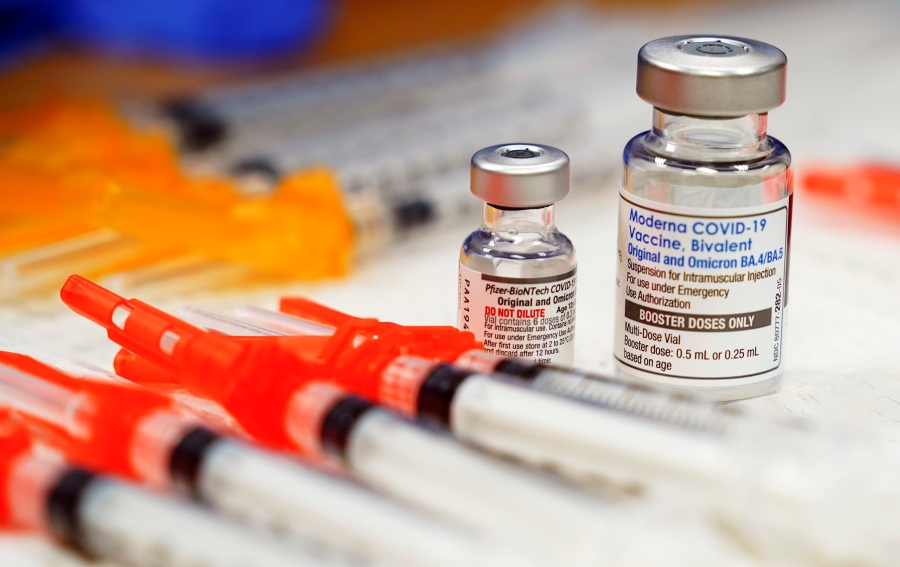The Food and Drug Administration (FDA) told vaccine manufacturers on Friday their fall COVID-19 update should target the XBB.1.5 strain of omicron.
That variant is currently responsible for about 40 percent of all infections, according to the Centers for Disease Control and Prevention (CDC).
Vaccine companies have been working on XBB-specific vaccines, so they will be ready by the end of the summer. Company representatives told an FDA advisory panel on Thursday they will be able to provide XBB.1.5 vaccines earlier than other potential strains.
That panel voted unanimously in favor of solely targeting an XBB strain during its meeting on Thursday.
More health coverage from The Hill
American Medical Association says use of BMI metric on its own has done ‘historical harm’
Nursing home residents reluctant to voice concerns, report abuse or neglect for fear of retaliation: survey
Wildfire smoke makes weekend comeback as Canadian fires rage
Biden selects Mandy Cohen as next CDC director
FDA’s directive on Friday means the COVID-19 vaccine will undergo just its second update, after the initial version targeted the original strain of the virus and the most current one targets both the original virus and earlier omicron subvariants BA.4 and BA.5..
But the protection against severe disease offered by those vaccines fades over time — protection against mild illness was low to begin with — and ancestral strains and those omicron strains are no longer in circulation.
Targeting the XBB.1.5 strain comes with a bit of a risk, as the virus mutates so often to evade immunity that it may not be the most dominant strain in the autumn and winter.
It’s a similar strategy to how scientists develop the annual flu shot, though the different strains of XBB are similar enough to each other that even if the shot isn’t an exact match, it will be close enough to provide cross-protection from severe disease and keep people out of the hospital.
The challenge ahead for the FDA and CDC is to decide when they need to tell health providers to stop administering the current version of the vaccine.
Sign up for the latest from The Hill here
Health officials will also need to convince the public to get the new shot. Just 17 percent of Americans have received a bivalent booster dose since they were rolled out last year.
Data presented at the meeting on Thursday showed that protection against hospitalization drops considerably four to six months after a bivalent booster. Older adults are most vulnerable.
